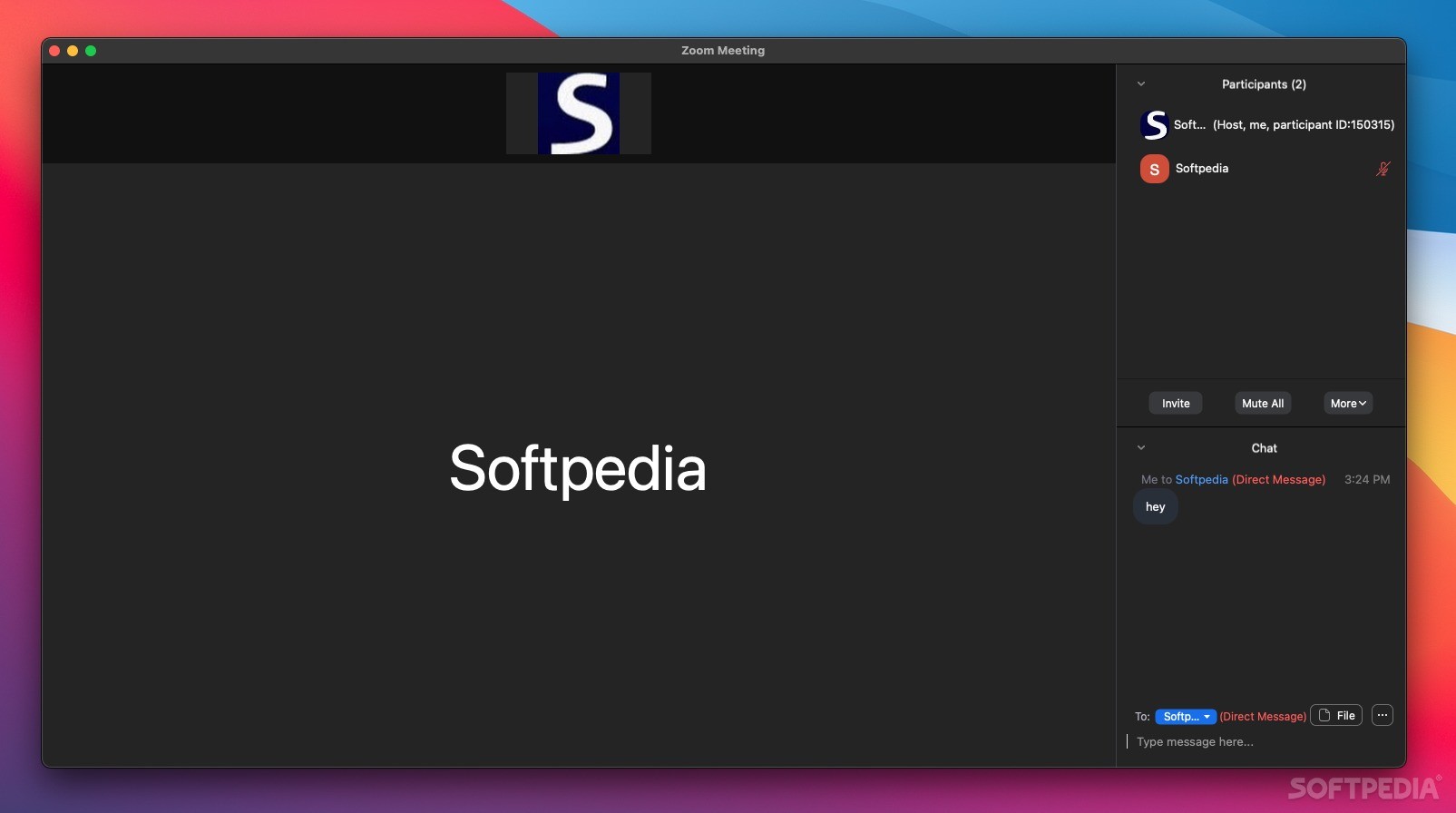


In the final example, we used the eq operator for comparing the run-time user input values. Say "Please try again your Runtime input are not same" Say "Thanks User your Runtime input are same" Print "Welcome To My DOmain Please enter your input: " Hereafter comparison of the two variable values with the help of = operator again we used eq operator for comparing and stored the results in the third variable, but it will return the Boolean type of results like 1 means it’s true if the result is false there is no value shown on the screen. When we compare the string values, it also compares whether it’s case-sensitive or not using some regular expressions will handle those things for comparison of the two values in the memory. In the above second example, we used the same eq and = operators, which we have compared the two variable values. Print "Users your ouput is: $results \n" Print "Thank you users have a nice day your input values are not same\n" Print "Welcome Users your inputs are compared and please see the results:\n" $vars1 = "hsdv hdg jd hwej wjhed wjhe jwhe whewjhh wje wjhe wjeg wjeh wjeh wje wje i23e8 899w e wjhe wkj webj webj khwekj kbjwh hwej khwekjn wehj bwwje wjej hwek khe hej hwej" $vars = "hsdv hdg jd hwej wjhed wjhe jwhe whewjhh wje wjhe wjeg wjeh wjeh wje wje i23e8 899w e wjhe wkj webj webj khwekj kbjwh hwej khwekjn wehj bwwje wjej hwek khe hej hwej" these operators are used for comparing the two variable values after we compared the string data type variable values by using the ‘eq’ operator. Not only used for ‘=’ operator in conditional loops, but we may also try some other operators like ‘>,<’ etc. Once compared and removed any of the values, it will affect the memory of its reference variables.

It will compare the values of the two variables it has its own storage location in the memory so that it will create its own reference of these variables. In the above example, we used the “eq” operator and “=” to check the conditions in both the set of variables. Print "Your strings are not matched please try again \n \n"

Print "Thanks User You comparison of strings has partially correct \n \n" Print"Welcome User You have the same strings which you have to initialise the values in the variables \n \n " Here are the following examples mention below Example #1 Each value has its own reference and address of the memory location in the variable once we compared the variables, it also compares its memory reference if we use the ‘=’ operator in the script. In Perl comparison, the string values are compared using some standard codes like ASCII format if the input values are satisfied with the conditions, it will return the true value else, if the user input values are not satisfied with the conditions, it will return the false as the value in the script. I suppose we compare the two integer or number data type values using the comparison operator called “=” for string type of variable values using “eq” as the comparison operator for the loop conditional statements. If the two set of variables values are equal, it will return the Boolean value called true else if the two values are not equal, it returns the false as the value on the loop. It is also the simplest and probably used with the other comparison operators to validate one value is equal to another value that value may be any data type like string, integer or number, etc. The eq operator is one of the most used in the script and other object-oriented languages.


 0 kommentar(er)
0 kommentar(er)
